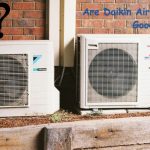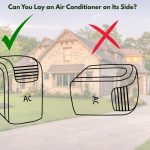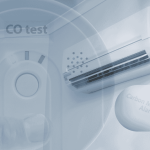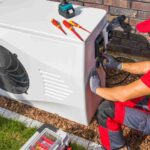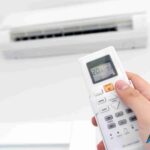Ever found yourself wondering about the safety of plugging your air conditioner into a surge protector? We’ve all been there! With the rise of electrical appliances in our homes, the safety of our electrical systems has never been more crucial.
You might’ve heard conflicting advice on whether or not it’s safe to plug an air conditioner into a surge protector. Some say it’s a risk, while others vouch for its safety.
With the increasing dependence on electronic devices, protecting them from power fluctuations and surges is paramount. Surge protectors play a significant role in safeguarding these devices.
What are Air Conditioners?
Air conditioners are more than just cooling units; they are complex electrical devices with specific requirements.
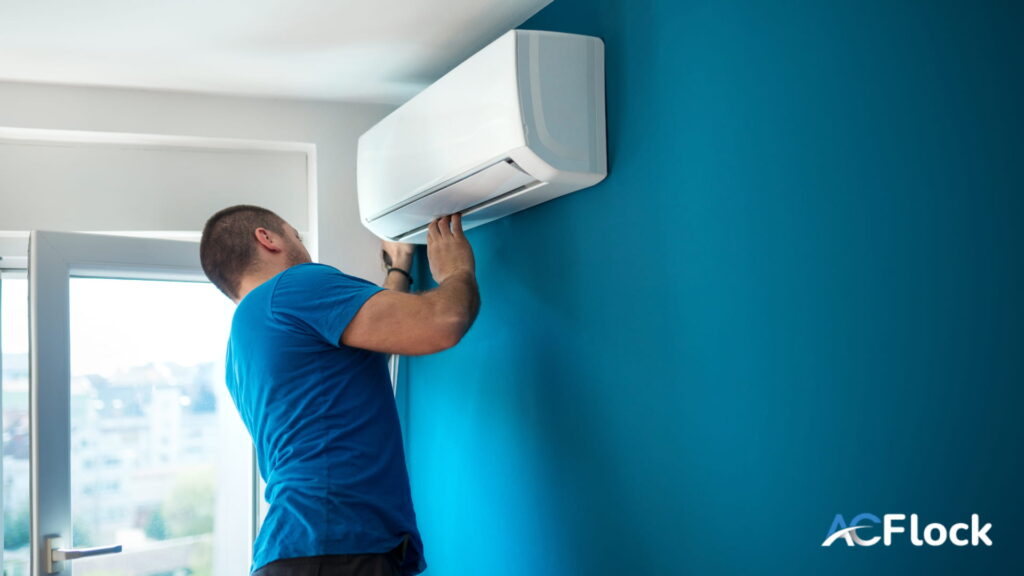
How Do Air Conditioners Work?
- Air is drawn into the system.
- It passes over a cooling coil, reducing its temperature.
- The cooled air is then circulated back into the room.
What are the Types of Air Conditioners?
- Portable Air Conditioner: Handy and mobile for room-specific cooling.
- Central AC Unit: Designed to cool the entire home via a duct system.
- Window Air Conditioner: Installed in window spaces for single-room cooling.
Read More: Can Portable Air Conditioners Be Repaired?
Electrical Requirements
- Voltage: Most residential AC units require a 220-240V outlet.
- Current: Depending on the model and size, ACs can draw between 5 to 20 amps.
What are Surge Protectors?
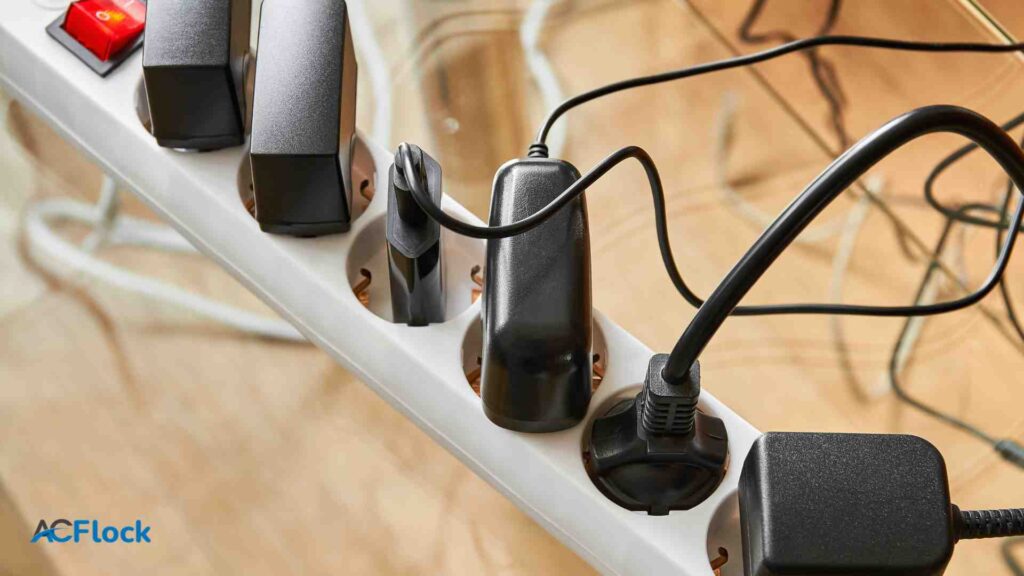
We’ve all used a power strip, but not every strip has a surge protector. Let’s delve deeper.
What Is a Surge Protector?
A device designed to protect electrical appliances from power surges by blocking or shorting to ground any unwanted voltages.
What are the Types of Surge Protectors?
- Basic Power Strip with Surge Protection: Often mistaken for regular power strips but offers protection against surges.
- Wall-Mount Surge Protectors: Mounted directly to the wall outlet and usually offer fewer outlets.
How do Surge Protectors Work?
- Detect excess voltage
- Divert excess voltage to the ground
- Ensure only the required voltage reaches the device
Do You Need a Surge Protector?
Absolutely! Especially if you want to safeguard expensive electrical devices from unforeseen power fluctuations and lightning strikes.
What are the Risks of Plugging an Air Conditioner into a Surge Protector?
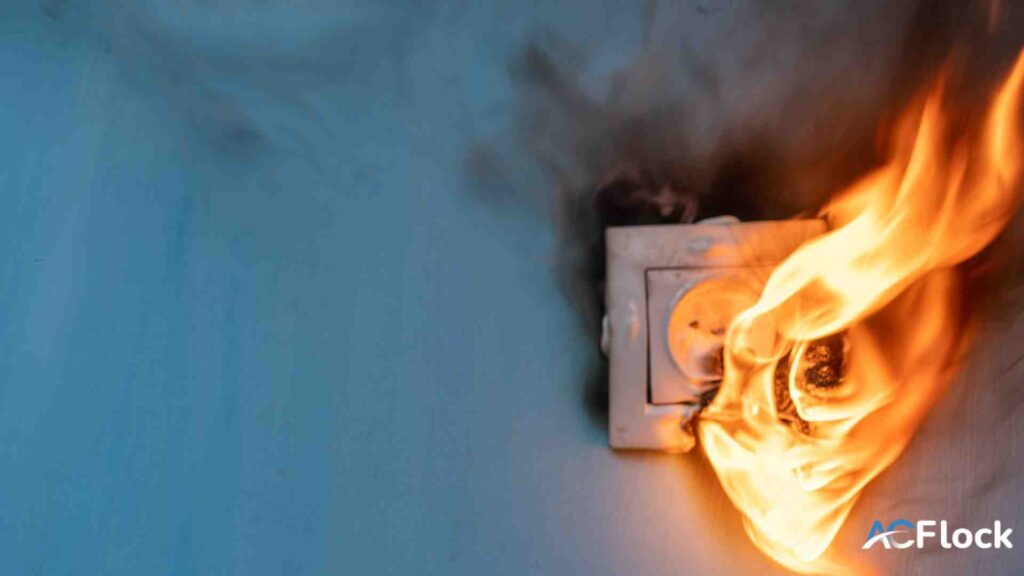
While it sounds convenient, there are risks to consider.
Overloading the Surge Protector
Air conditioners draw significant power, which could overload a standard surge protector.
Voltage and Current Requirements
A mismatched voltage or current can cause the surge protector to fail, posing a fire risk.
Power Surges and Air Conditioners
Air conditioners can cause power surges when they start up. Without a robust surge protector, both the AC and the protector can be damaged.
Fire Hazards
An overloaded surge protector can overheat and pose a significant fire hazard.
What are the Safety Guidelines for Plugging an Air Conditioner into a Surge Protector?
We can’t stress enough the importance of safety. Let’s go over some crucial safety recommendations for your AC unit.
Manufacturer Recommendations
Every air conditioner comes with specific guidelines. Always:
- Review the manual for your device.
- Follow recommended power specifications.
- Reach out to the manufacturer for queries.
Using Extension Cords
Avoid using extension cords for air conditioners. If unavoidable, ensure:
- The cord is short as longer lengths can reduce efficiency.
- It’s the correct gauge size and can handle the power requirements.
- It’s not coiled up, as that can lead to overheating.
Professional Installation
Considering a new AC unit? Remember:
- Always hire a licensed professional for installations.
- Ensure your home’s electrical systems are up to par with the AC’s needs.
- Schedule regular maintenance checks.
Home Electrical System Inspection
A yearly inspection of your home’s electrical system by a qualified electrician can identify potential risks. Look out for:
- Aging wiring.
- Circuit breaker issues.
- Inadequate grounding.
What are the Benefits of Using Surge Protectors?
Beyond the obvious advantage of protection, surge protectors offer more than meets the eye.
Protecting Expensive Electronics
With the cost of electronic and electrical appliances soaring, a surge protector can be a savior, preventing damage to your devices during power fluctuations.
Long-Term Savings
Imagine the cost savings from avoiding frequent replacements of damaged gadgets!
Environmental Benefits
Fewer damaged devices mean less electronic waste, leading to a greener planet.
What are the Common Misconceptions of Surge Protector?
Navigating the world of electricity can be shocking! Let’s debunk some common myths.
“But It Has a Plug…”
Just because an appliance fits into a plug doesn’t mean it’s safe. Always match power requirements.
Surge Protector vs. Power Strip
While they might look similar, not every power strip offers surge protection. Always check the specifications.
What are the Alternatives to Surge Protectors?
Looking for other protective measures? Here are a few:
Dedicated Circuits
Having a dedicated circuit for heavy-duty appliances like air conditioners ensures they get the power they need without overloading systems.
Whole-House Surge Protectors
These are installed directly into your home’s electrical box, protecting the entire house from power surges.
Surge Protector Maintenance
Like all devices, surge protectors have a lifespan. Regularly:
- Check for signs of wear or damage.
- Test them to ensure they’re functional.
- Replace outdated or non-functional units.
How to Select the Right Surge Protector?
Choosing a surge protector isn’t just about grabbing any off-the-shelf. You need to ensure it suits your AC unit.
Voltage Rating
Ensure your surge protector matches the voltage requirements of your air conditioner. A mismatch can result in inefficiency and potential danger.
Energy Absorption Rating
The higher this rating, the more energy the surge protector can absorb, offering better protection against power surges.
Number of Outlets
While it might be tempting to have multiple outlets, remember: Don’t overload it. Overloading can lead to fire hazards.
Warranty
Good surge protectors often come with a warranty. It’s an assurance of the product’s quality and the manufacturer’s confidence in it.
How to Properly Plug in Your Air Conditioner?
Ensuring proper plug-ins can save you a lot of trouble down the line.
Plug Placement
Make sure you plug directly into the wall outlet. Using intermediaries can sometimes reduce efficiency and increase risks.
Extension Cord Usage
We talked about this earlier, but it’s vital. If you must use one, ensure it’s of the right type and length.
Power Outlet Inspection
A regular inspection of the power outlets can identify wear and tear. Replace damaged outlets immediately.
Frequently Asked Questions (FAQs)
While it’s technically possible, it’s not advisable due to the high energy requirements of AC units.
It adds an extra layer of safety, but always ensure it’s functional and not just a marketing gimmick.
Yes, and these are tailored to handle the power needs of an AC, offering better protection.
If your surge protector is frequently tripping or if the unit becomes unusually hot, it’s a clear sign that the AC unit might be overloading it.
Window air conditioners, similar to other AC units, have high power requirements. It’s best to connect them directly to a wall outlet. If you must use a surge protector, ensure it’s specifically designed for such high-load appliances.
Typically, power strips aren’t built to handle the high energy draw of AC units. It’s always safer to plug them directly into a wall outlet or use a heavy-duty extension cord if necessary.
When to Seek Professional Advice
There are times when professional intervention becomes inevitable.
Signs of Electrical Problems
Aside from the obvious signs like a tripping circuit breaker, also watch out for dimming lights, unusual sounds, or a burning smell coming from your outlets or AC unit.
When to Call an Electrician
If you’re in doubt, it’s always safer to call a professional. Especially if you experience any of the problems highlighted above.
Key Takeaways
- Proper equipment like suitable surge protectors is essential for the safe operation of your AC unit.
- Electrical systems need regular maintenance and inspection to ensure their safety and efficiency.
- Energy efficiency is not just about saving money but also about being environmentally responsible.
